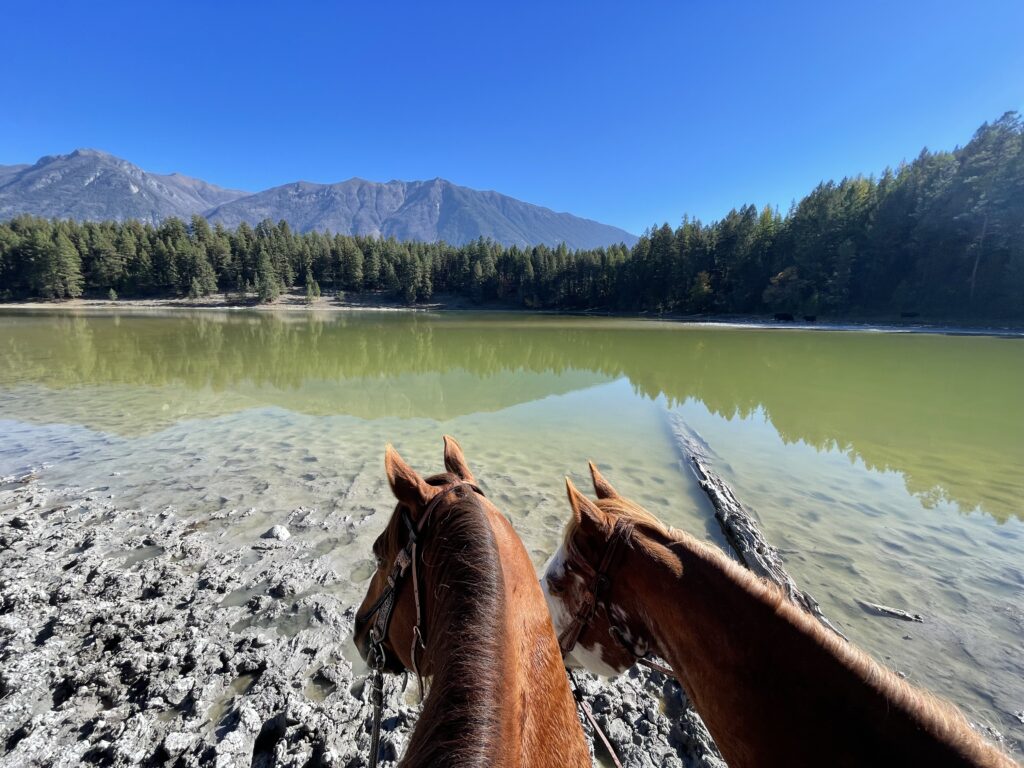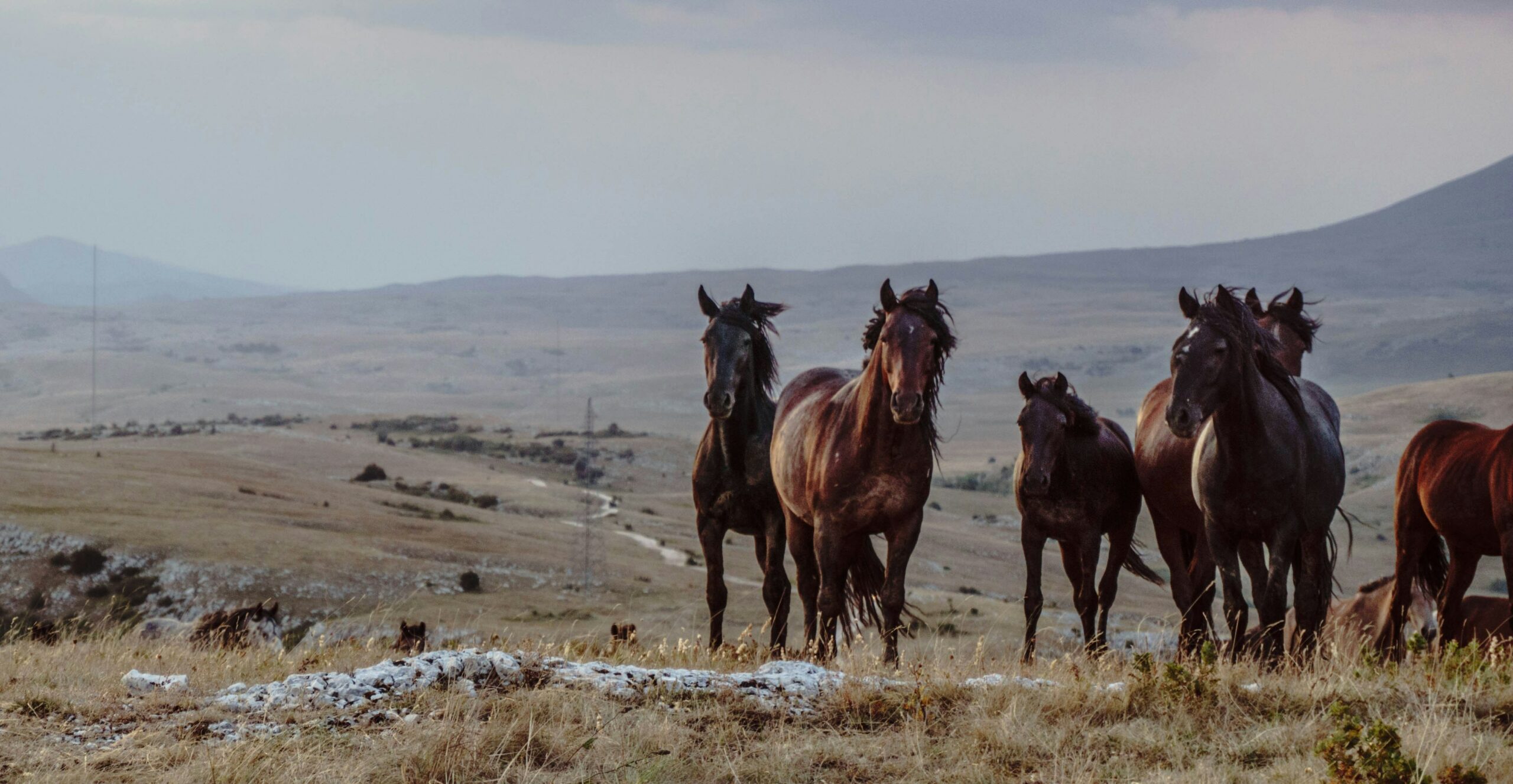Equine Assisted Learning
Throughout the duration of this inquiry project, I am going to focus on three main aspects of the ability for horses to help students: therapeutic riding, equine assisted learning, and equine assisted therapies, each having a main focus for one to two weeks. Before I jump into equine assisted learning, I have provided a quick summary of each of these three topics.
As explained in the video below – horses can respond to such a small body language cue such as standing big and dominant, versus small and submissive. This small change in body language makes a huge difference in working with horses. If people can be aware of their communication so precisely with horses, that will naturally translate to their communication with other people, improving their self-awareness and communication skills. Students developing their communication skills by having the opportunity to work with horses would help them both inside, and outside of the classroom.
I have attached a video of Niki Flundra, someone who I am lucky enough to call a friend, mentor, and idol. She has the best communication skills I have ever seen, and has the ability to explain her thinking in such a precise way. When asked about her communication skills, she attributes her skills to her extensive work with horses, especially her liberty horse work. It is one of my favourite videos. It shows her amazing ability to communicate with horses with only using verbal cues and body language, especially in such hectic environments.
Horses are so senstive to even the smallest body language or verbal cue. Working with horses increases your communcation skills and self-awareness. Horses can be a valuable tool to learn from, especially for students who lack in their communcation skills.
Weekly Equine-Assisted Therapy Activites
Additionally, throughout my weekly blog posts I will be self-guiding myself through equine assisted therapy activities and writing reflections of them. In my research, I found a guide provided by the Horse Therapy Centre of Canada. This guide includes fifteen equine assisted therapy activities. Because I do not have any formal training, I will not overstep the bounds of my training and knowledge to do these lessons with someone else. Instead, I am going to out myself through the lessons throughout the week and then reflect upon how I feel. To make these activities more relevant, I am going to try to complete one activity each day, on three different days. The days I pick to do an activity I am going to try to do it in the most high-stress parts of my day, in hopes that it will be most beneficial for me, as well as for accuracy of the project.The resource I will be using throughout this is available here.
Activity one was “Intro & Grounding”
This was just a general, common grounding exercise. Throughout this exercise there was a focus on breathing, being in the present moment, your senses, and feeling both your body and your surrounding environment. This was a common exercise, and wasn’t necessarily related to equine therapies, but I found it very beneficial. This is an exercise that I always feel better after doing, but then can easily get caught up in the stress of the day and the sense of calm tends to go out the window. It is a goal of mine to utilize mindfulness and breathing exercises more often to reduce stress and anxiety.
Activity two was “Equine Safety & Care”, and exercise three was “Understanding Non-Verbal Communication”.
I did not complete these two activities, as they are areas that I am already very comfortable in. However, upon reviewing them I found that they are essential activities to complete with people that are not familiar with horses, to gain a solid foundation of knowledge and confidence.

